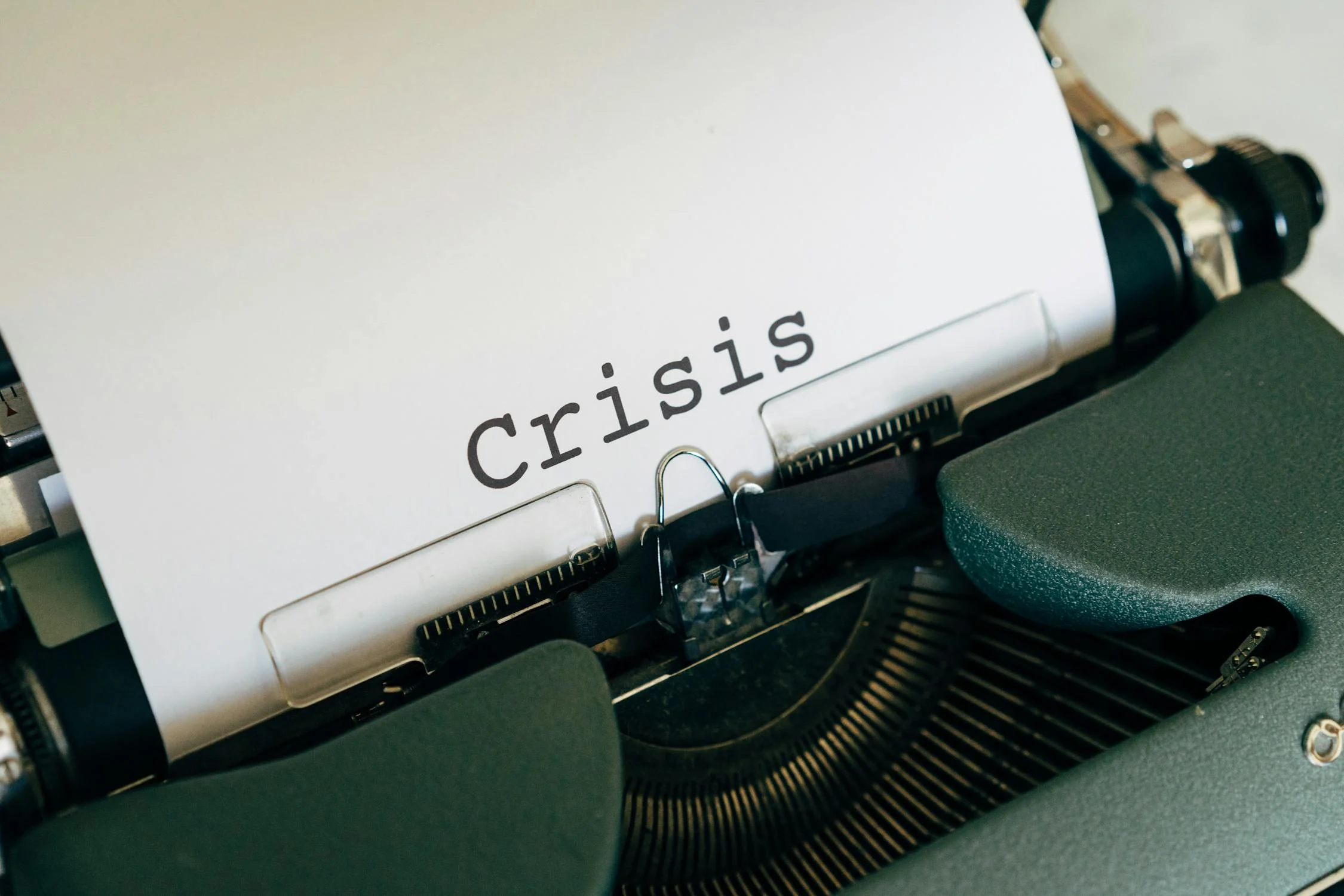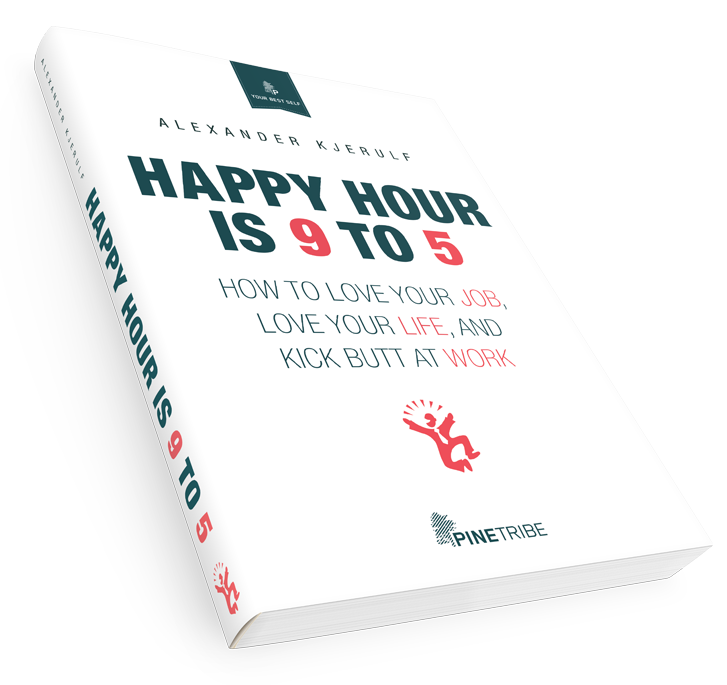I’ve had the chance to speak about two different topics over the last week. Yesterday I presented Appreciative Inquiry to a team of social workers from a danish municipality, and a week ago I spoke at a conference on motivation and happiness at work in call centers.
And today I realized how similar the two subjects are. Many key insights apply to both and many of the key assumptions are the same. This reflects in part the fact, that much of our thinking in happiness at work is indeed inspired by appreciative inquiry but I also think that there is a deeper connection. That AI and Happiness at Work are two different expressions of the same values and outlook on life. An outlook that bases itself on:
* The positive
* What I can do
* What we can do togehter
* Dialogue as a way of thinking together
* Our individual, basic freedom
In the end, the good life is the one where you focus on the good stuff, start with yourself and work with others to do good.





